Now in its 11th year, the iPhone Photography Awards (IPPAWARDS) received thousands of entries from more than 140 countries around the world.
Jashim Salam, a photojournalist from Bangladesh, took the Grand Prize Winner Photographer of the Year Award home, for his image, “Displaced”. You can see more winning images from the awards in the gallery below, following our interview with Salam.
Can you tell me more information about your winning shot?
[The image depicts] Rohingya children watching an awareness film about health and sanitation near Tangkhali refugee camp in Ukhiya.
Around 380,000 are minors, according to Save the Children, the international aid organization. At least 30 percent of the refugee population is younger than 5
And the threat to young lives doesn’t end when they cross the border.
Unicef says that 7 percent of children in the camps are suffering from severe acute malnutrition, a condition from which they will die unless they get proper care. That figure is three times higher than in other recent humanitarian emergencies.
Outbreaks of communicable diseases, such as measles and diphtheria are sweeping through the overcrowded camps, which, with the recent influx, now house more than 800,000 Rohingya.
Other dangers lurk in the disorderly setting of the camps, including traffickers and others looking to exploit and abuse the young and vulnerable.
Hundreds of thousands of Rohingya children will grow up both stateless and homeless an untethered life of displacement that bodes ill for a people already wounded by decades of military persecution in Rakhine State.
Do you often use an iPhone for your photojournalism? If yes, why? In what situations would you use a phone over a “real” camera?
I often use my iPhone for photojournalism and my documentary work. It’s convenient and not a distraction like [a] real camera when you go really close to your subject.
What is your normal camera?
I use 35mm film camera (a Leica or a Nikon FM2) as well as a Canon 5D/6D. As a professional photographer I do use whatever camera available.
What do you think are the main differences between how you approach your work / the subject when shooting on an iPhone compared with shooting on a normal camera?
My work/subjects [are] not bothered [so] much in front of a phone rather than a normal camera. They are much more spontaneous and natural. It take less time to communicate and makes them comfortable.
Do you do any post-processing work on your iPhone shots?
Occasionally I use a filter and/or toning features of the Instagram app. I avoid using any additional apps to edit my images for iPhone photos to keep it simple.
What do you think about the overall quality of phones these days compared to “real” cameras?
The overall quality of phone cameras [are] getting better and better. As a visual artist, I share my visual philosophy, so does everyone who has the same tools, but what separates us is how we look at the world and the way we tell our visual story.
As a professional photographer, my work involves a deep level of aesthetics and understanding the deeper meaning of the story. Sometimes I feel removing higher-end technical aspects of picture taking makes me able to more spontaneous in the process of my visual story.
I think, the phone camera is a great tool, allowing everyone to share their unique vision of the world – it isn’t just the equipment but the person who can take a great photo.
About Jashim Salam
Jashim Salam is a freelance photojournalist, documentary photographer, photo editor and curator. He graduated in photography from Pathshala, The South Asian Institute of Photography and Media Academy. He also studied a Postgraduate Diploma in Visual Journalism through a scholarship program run by World Press Photo at the Konrad Adenauer Asian Center for Journalism (ACFJ) at Ateneo De Manila University in the Philippines.
See his winning image, along with more winners from the iPhone Photography Awards 2018, in the gallery below. For more details, along with even more winning images, visit the iPhone Photography Awards website.
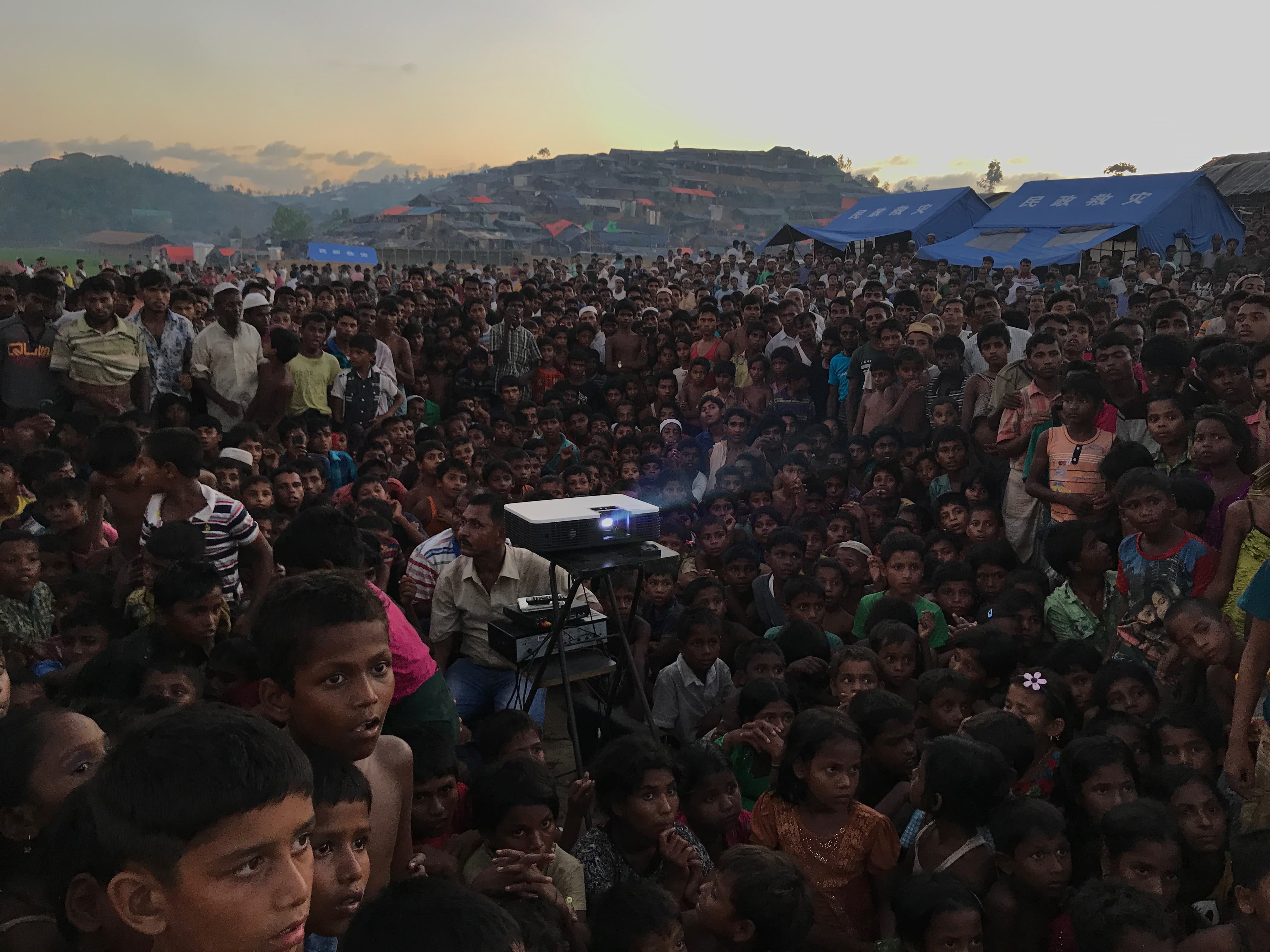
Photographer of the Year Grand Prize. Displaced by Jashim Salam (Bangladesh)
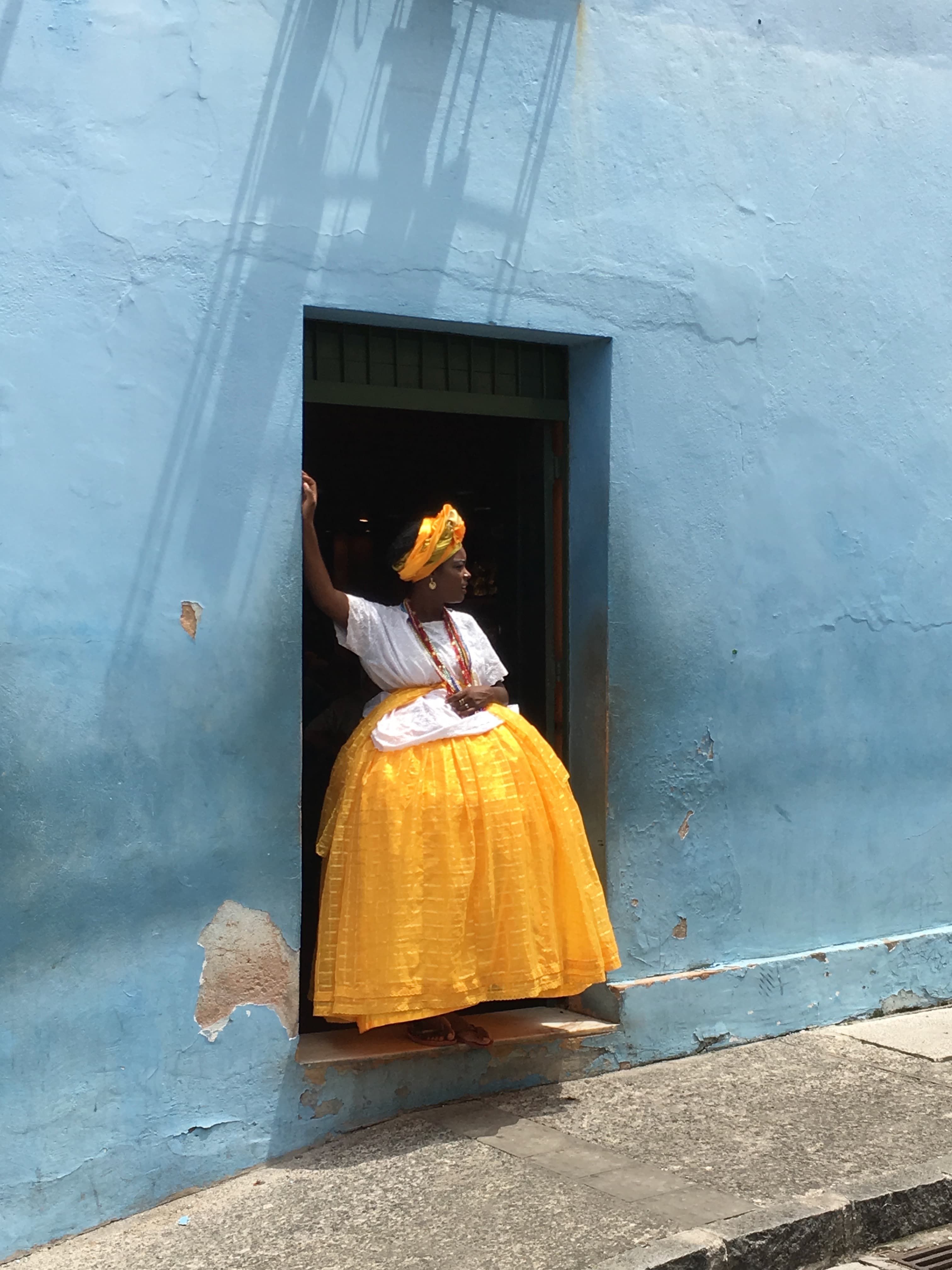
Photographer of the Year, 1st Place. Baiana in yellow and blue, by Alexandre Weber (Switzerland).
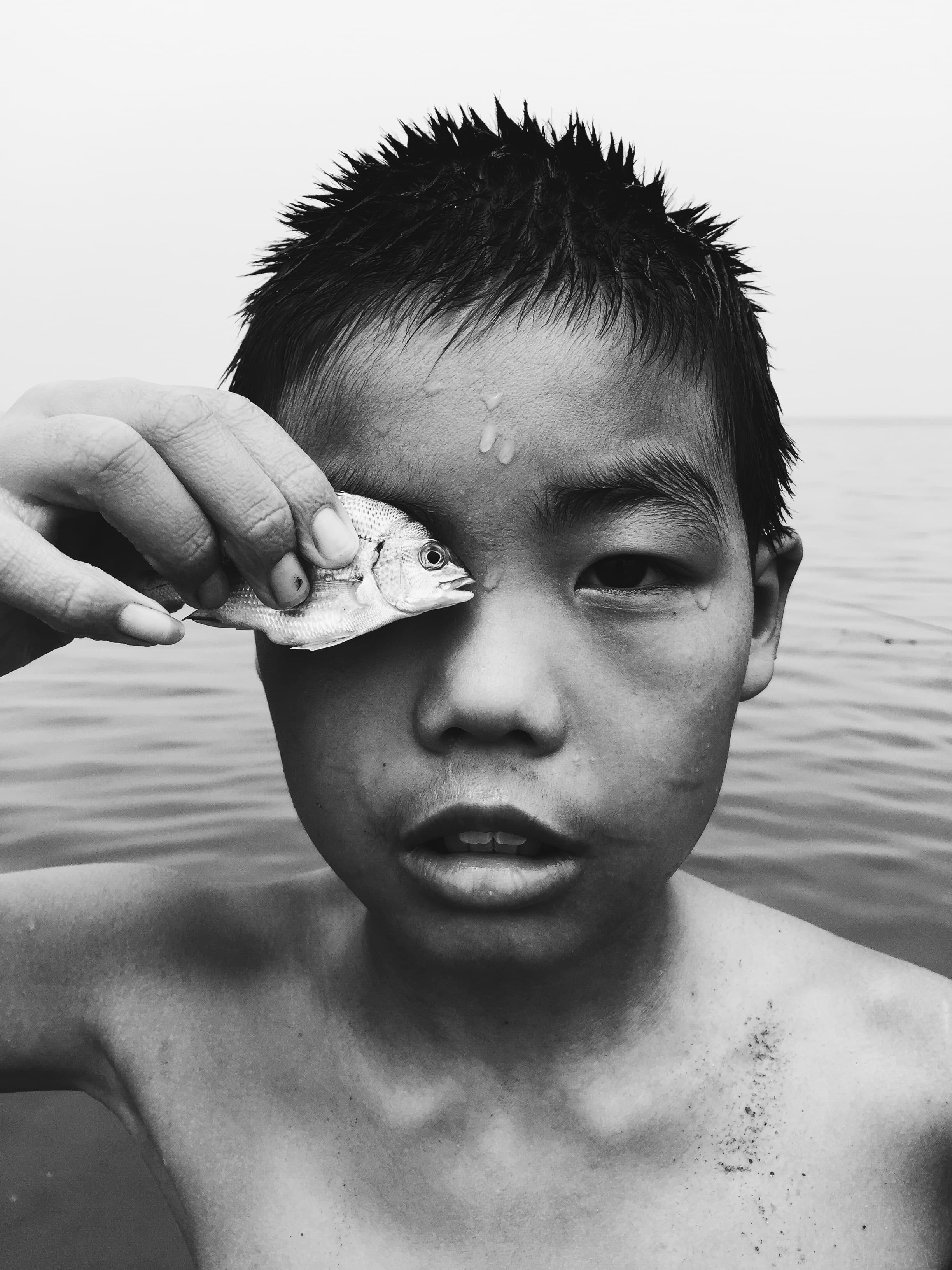
Photographer of the Year, 2nd Place. Eye to Eye, by Huapeng Zhao (China).
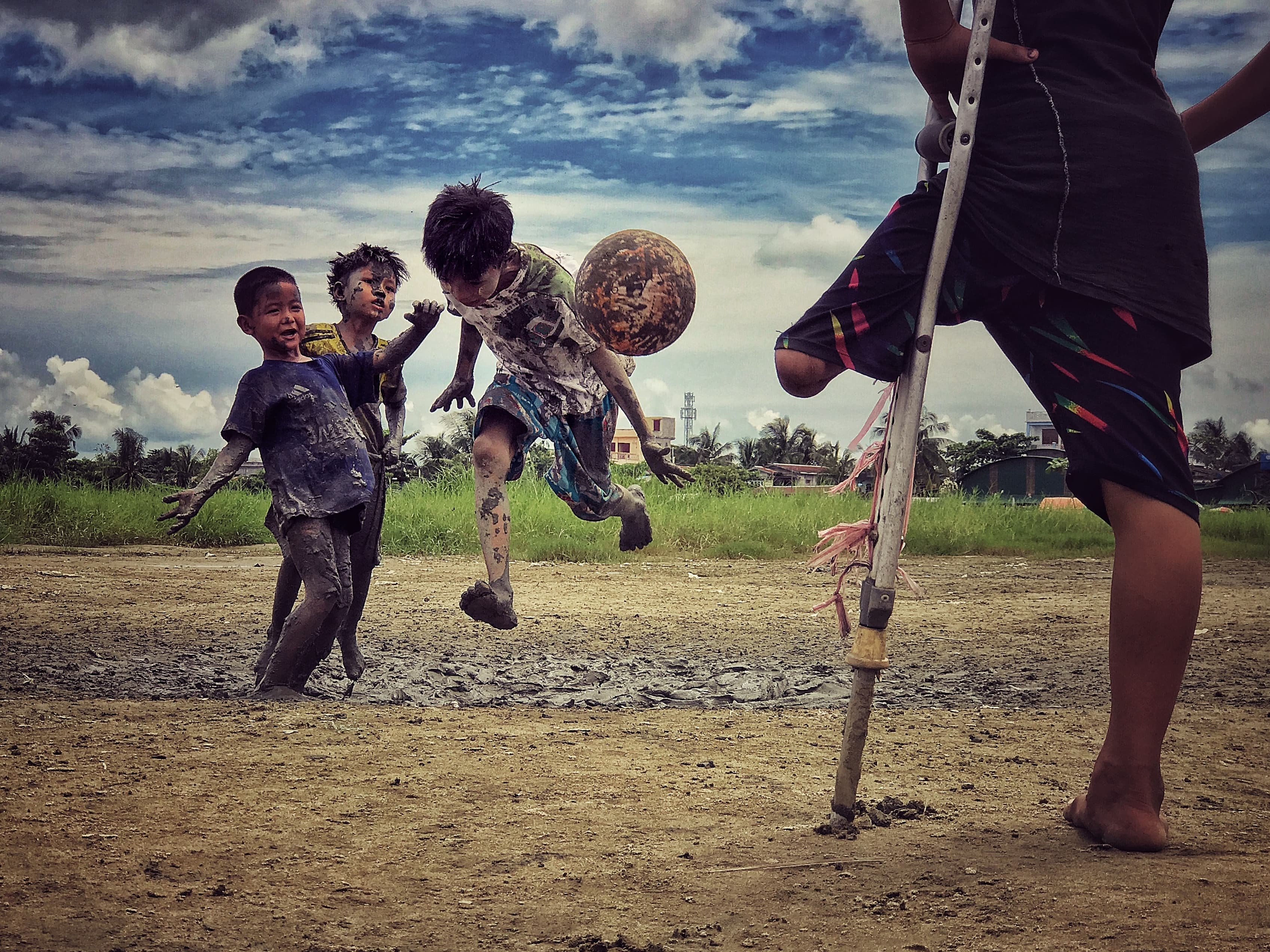
Photographer of the Year, Third Place. I want to play, by Zarni Myo Win (Myanmar).
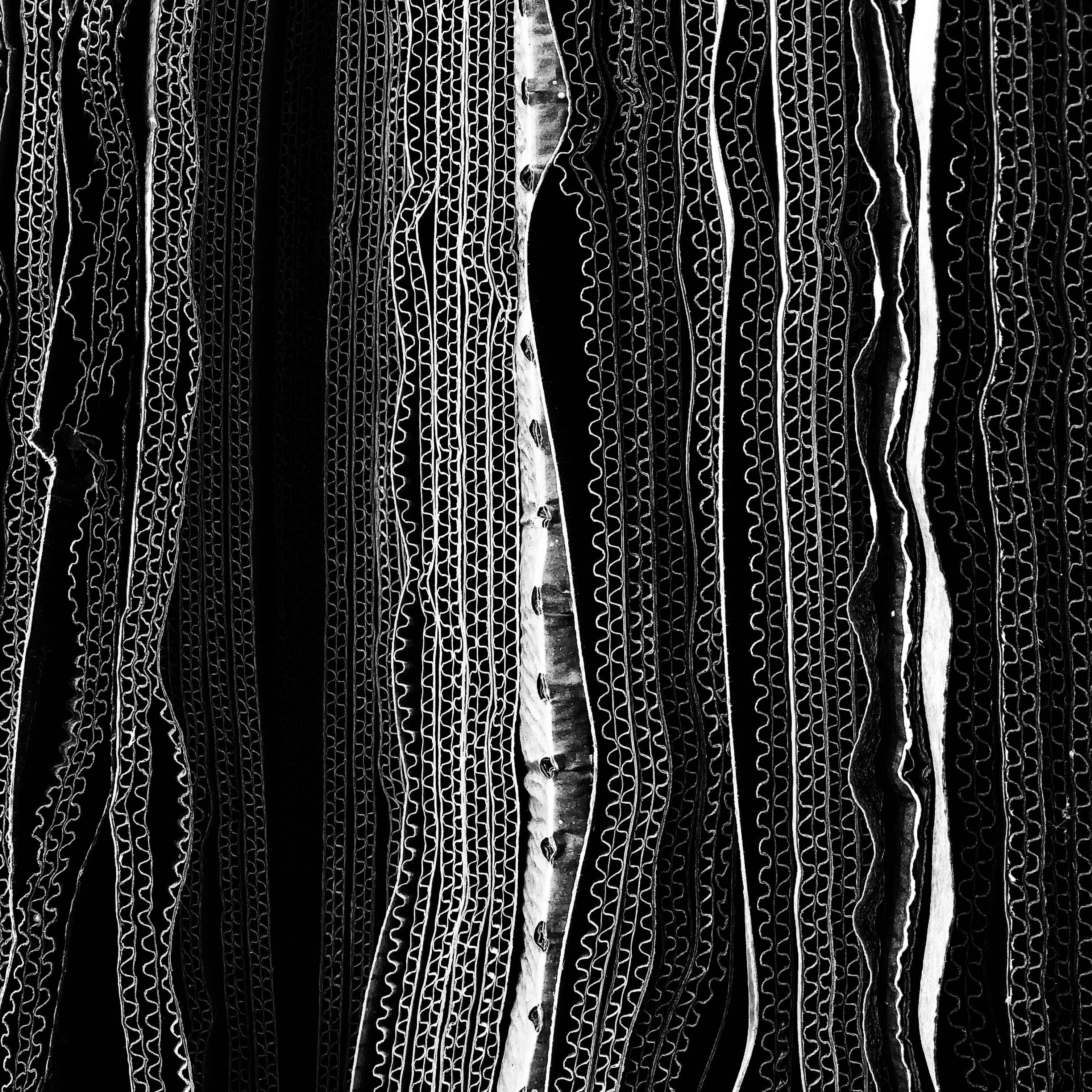
First Place – Abstract. Corrugations by Glenn Homann (Australia).

First Place – Animals. “Django” Old man, baby dog by Robin Robertis (United States).
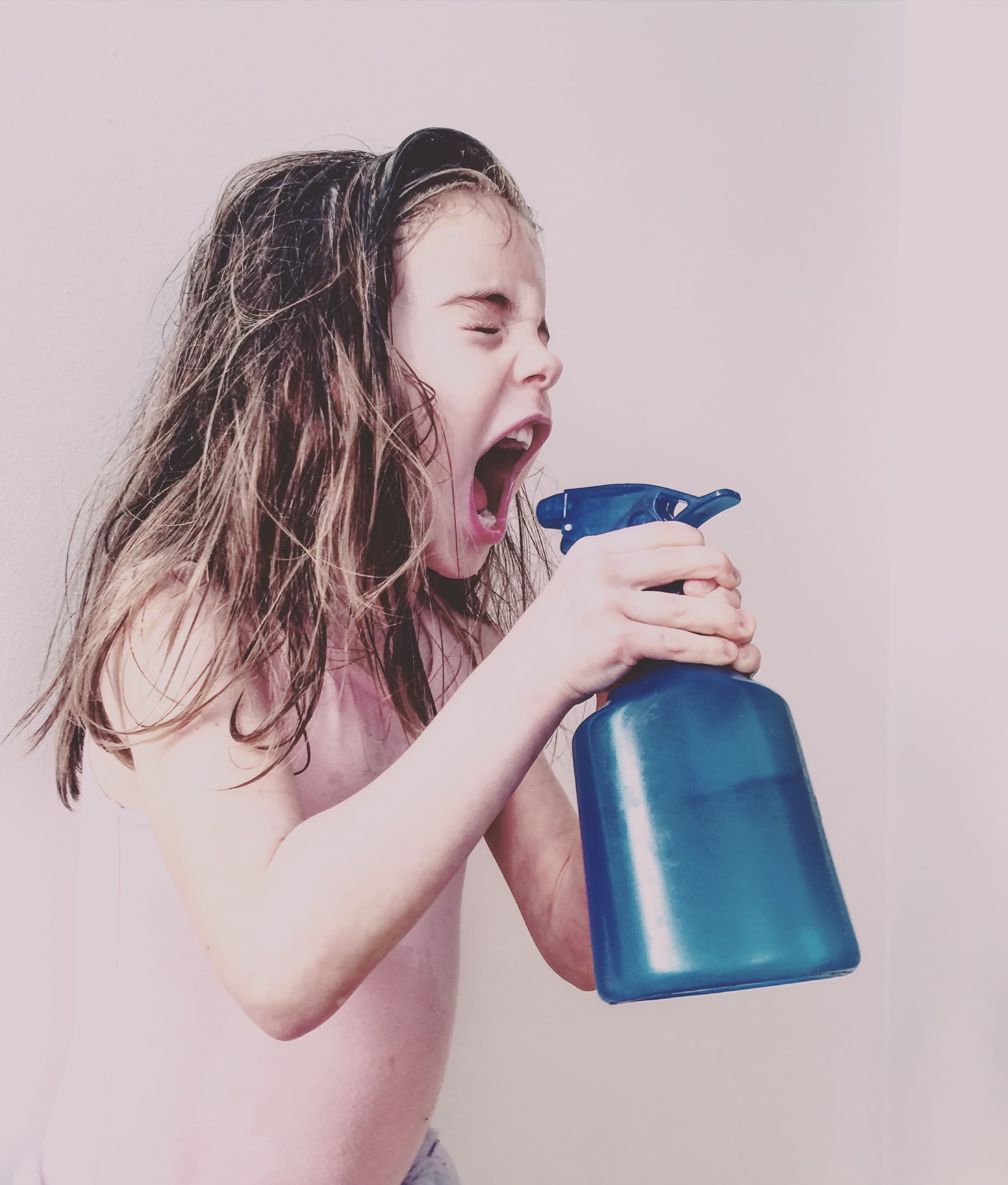
First Place – Children. Spray Fury by Melisa Barrilli (Canada).

First Place – Landscape. Human vs Nature by Charles Thomas (United States).

First Place – People. Posers by Jonas Wyssen (Switzerland).

First Place – Portrait. Salamah by Scott Woodward (Singapore).

First Place – Still Life. Diner by Fiona Bailey (United Kingdom).









